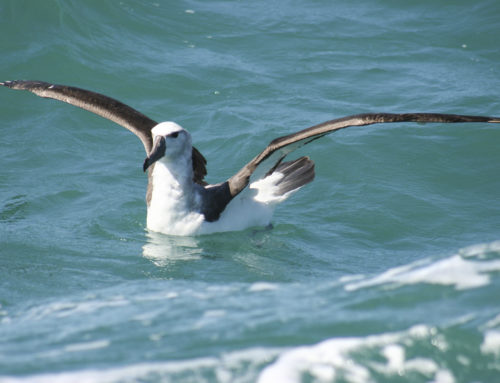FEEDBACK FROM DYER ISLAND RESEARCHER
September 29, 2009 by dyertrust
Adin Stamelman, a Dyer Island researcher and UCT PhD candidate, recently presented findings from his work on the South African Guano Islands at the second History of Marine Animal Populations (HMAP) conference in Vancouver, Canada.
The HMAP project is part of the broader Census of Marine Life program which aims to scientifically answer three simple but important questions, namely:
What lived in the ocean?
What lives in the ocean?
What will live in the ocean?
As such, HMAP research aims to contribute knowledge about the diversity, distribution and abundance of marine species over the last 2 millennia as well as considering the myriad factors that have influenced significant change on marine animal populations and ecosystems over this time period.
The conference included participants from a wide array of scientific disciplines (e.g. history, biology, fisheries management) with presentations spread over three days and structured around five themes:
1.Historical patterns of change in marine ecosystems.
2.Social and economic drivers and consequences of ecosystem changes.
3.Historical examples of ecosystem recoveries and recovery prospects.
4.Development of multi-disciplinary studies of marine environmental history.
5.The Sea Ahead: the future of marine ecosystems.
Adin presented his paper, Dassen Island, South Africa: An overview of marine resource extraction based on historical archives c. 1800s ?1950s, under theme four, to an engaged and enthusiastic audience. His presentation emphasised the trans-disciplinary nature of his research, some technical aspects related to his methodology and digital photography of archival documents, as well as significant research findings. These findings include data that revises known counts of African Penguin eggs collected for food (c. 1895-1950s), as well as the illicit use of African Penguins as bait for the burgeoning rock lobster industry (c. 1920s.)




